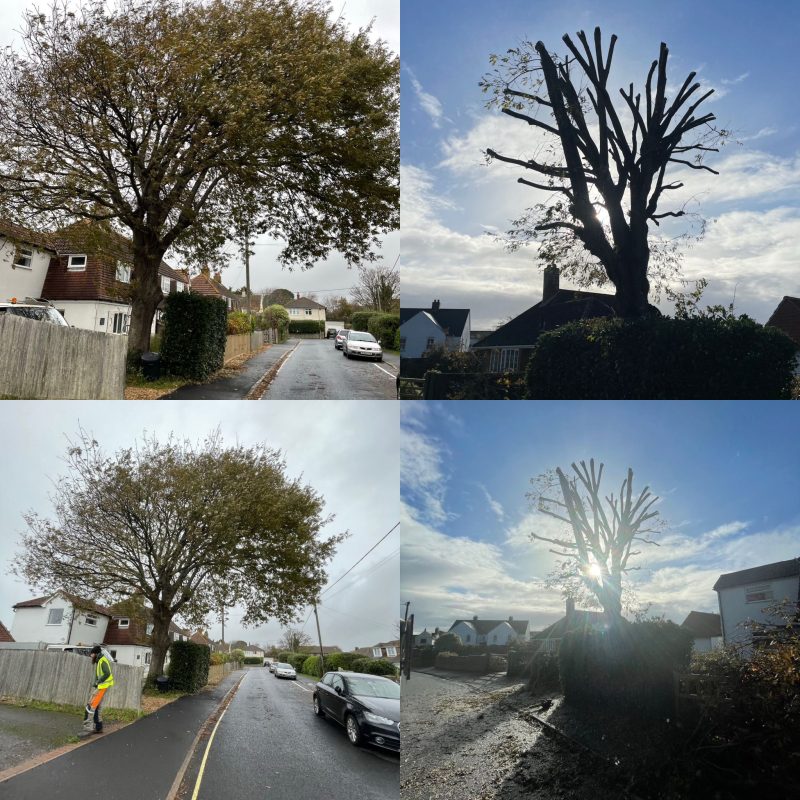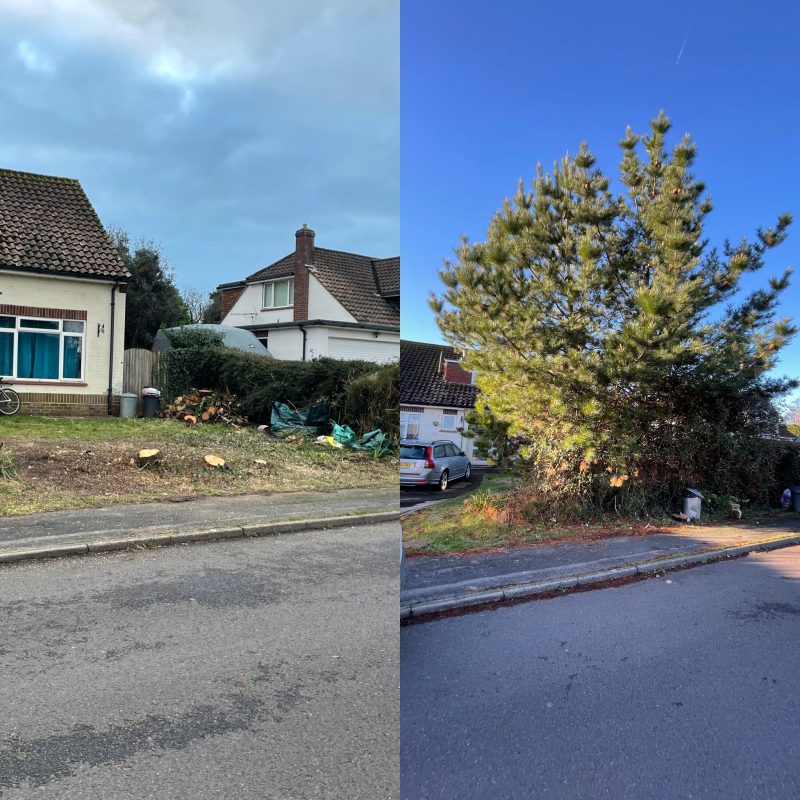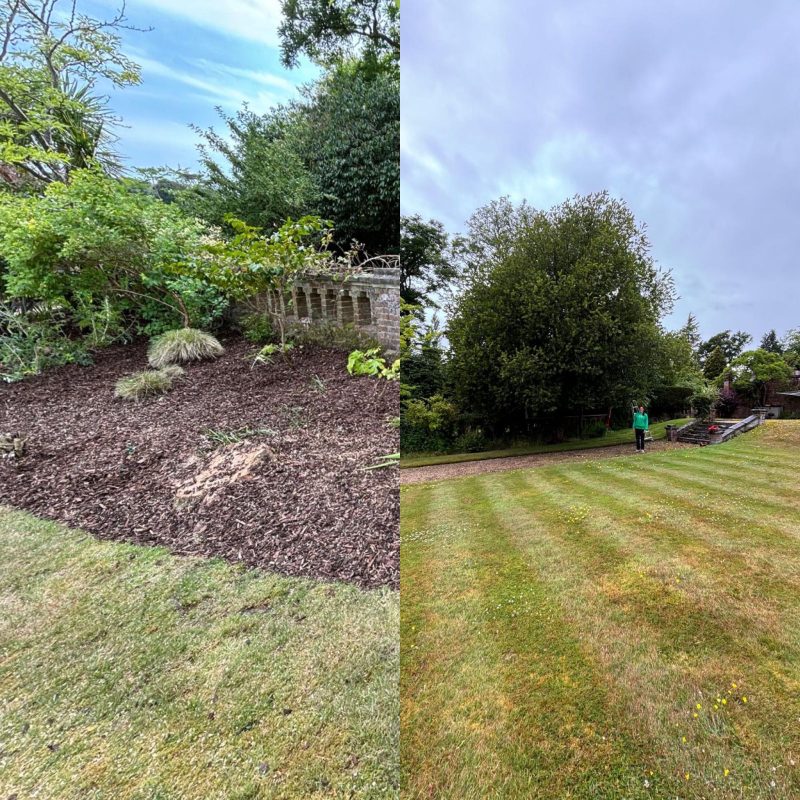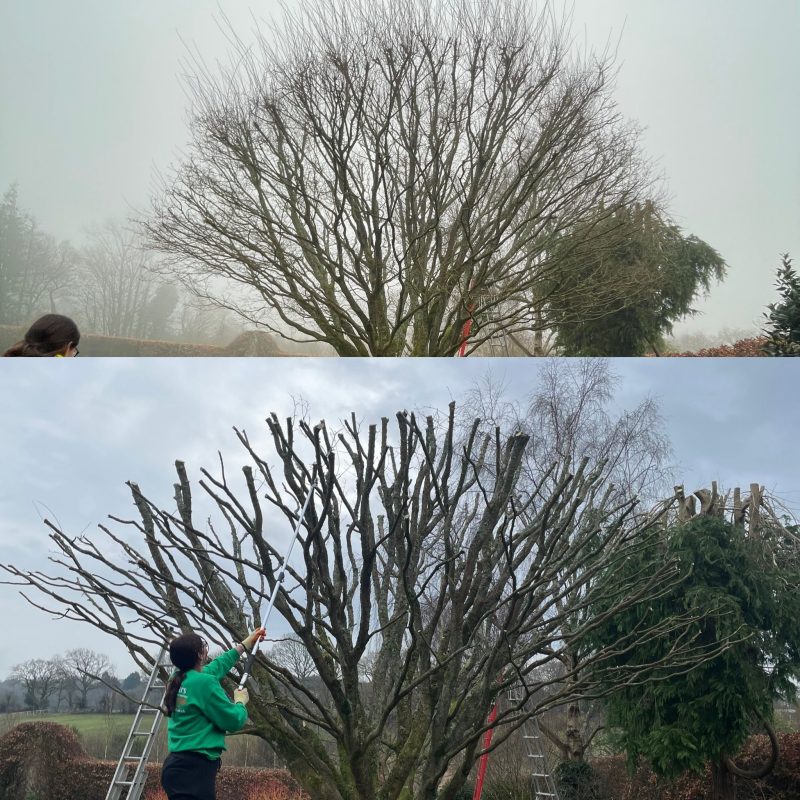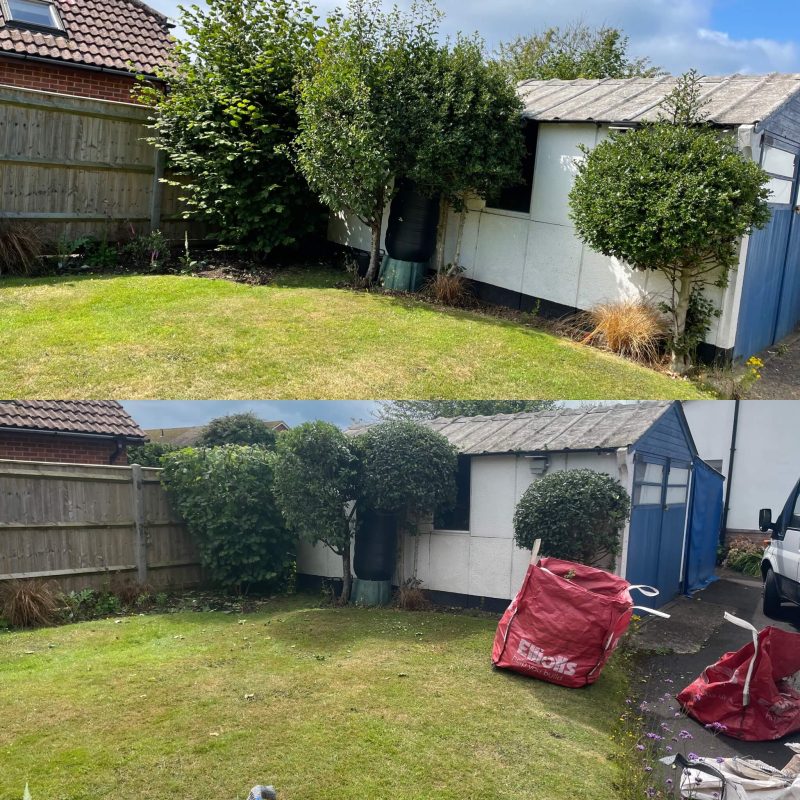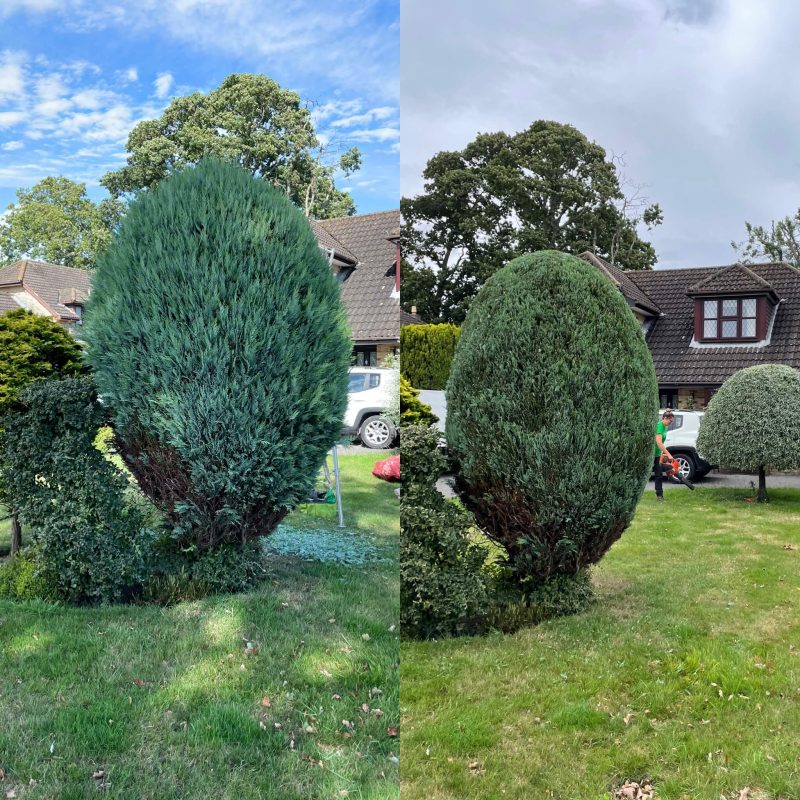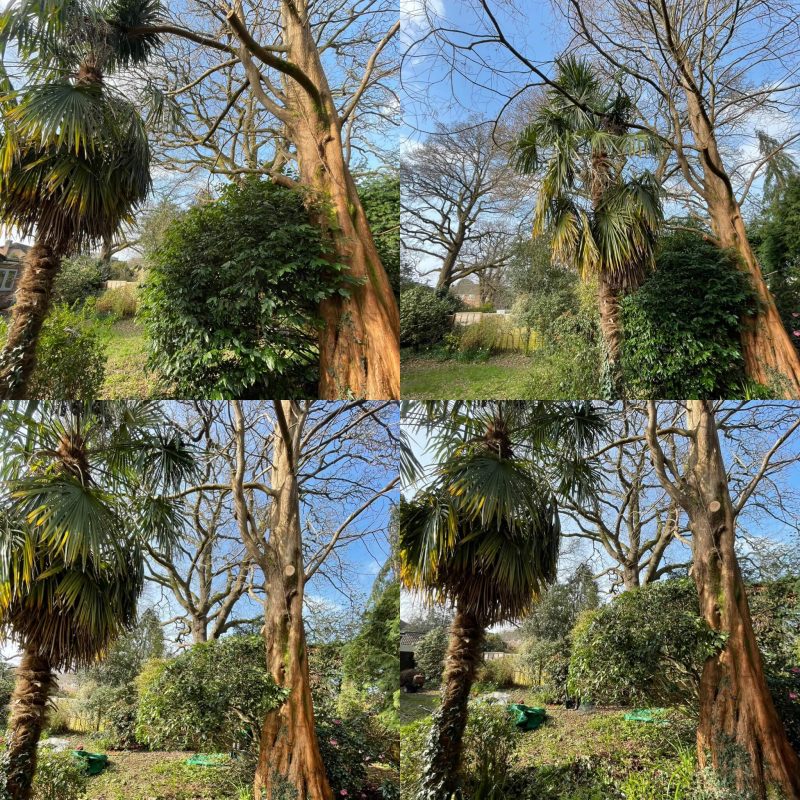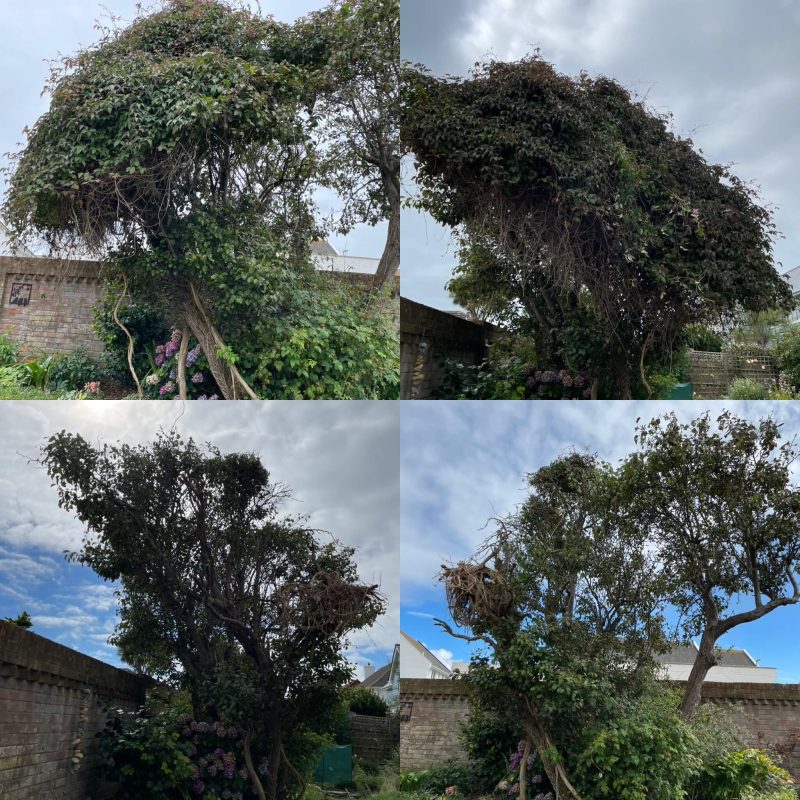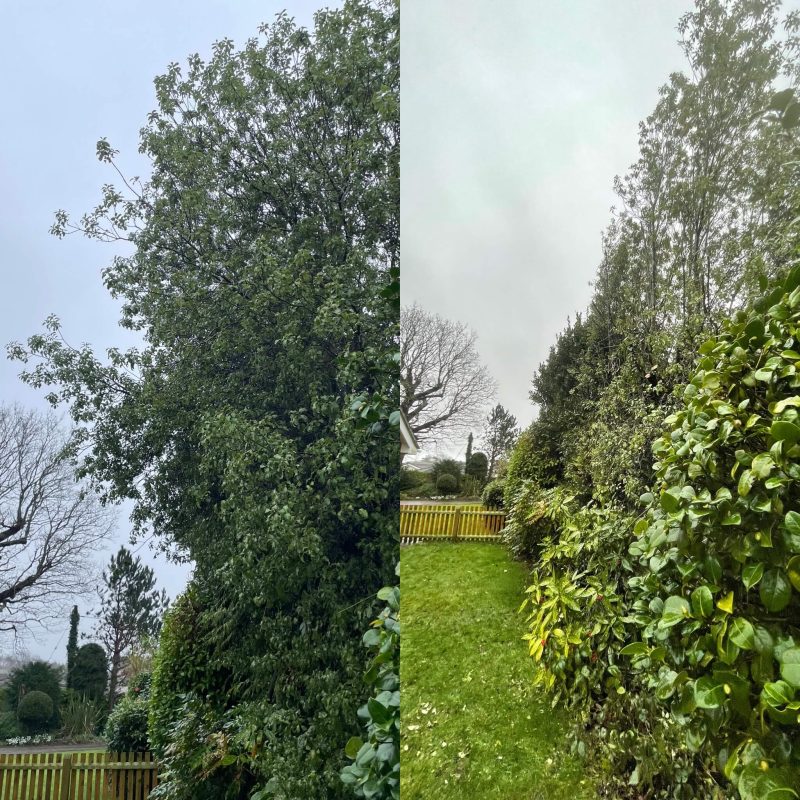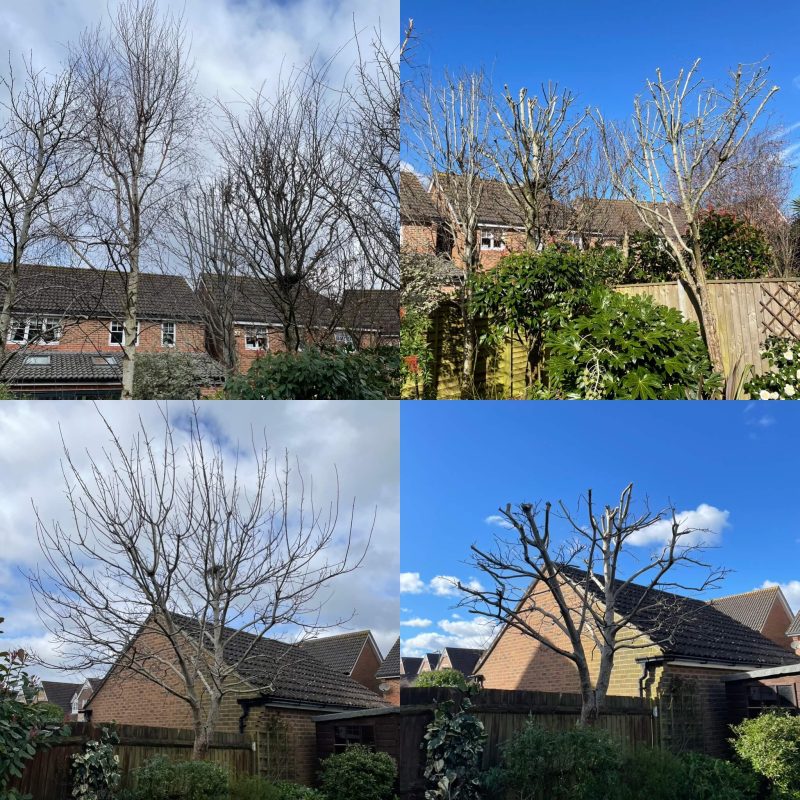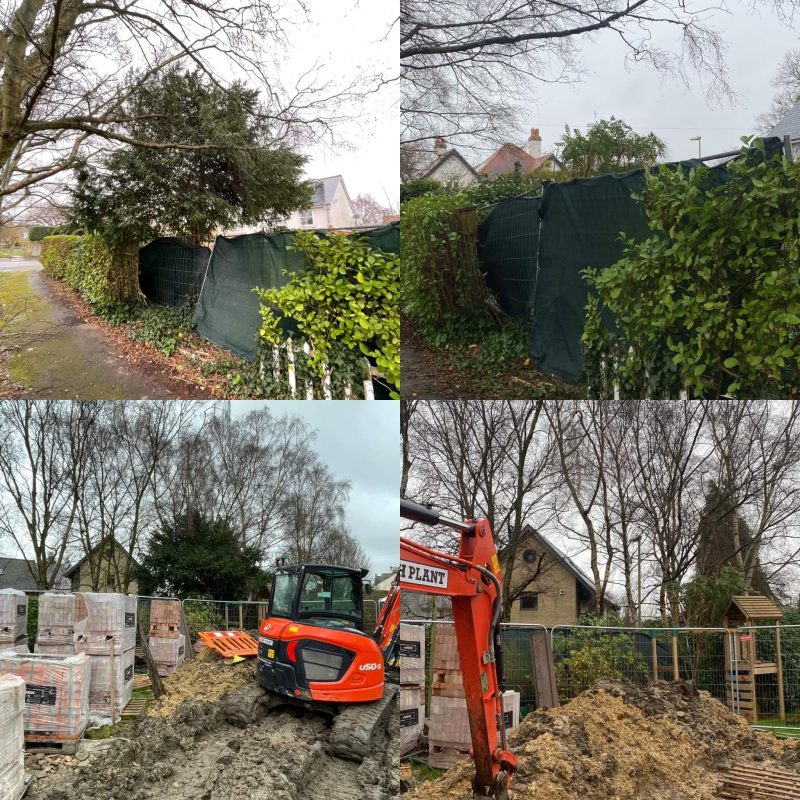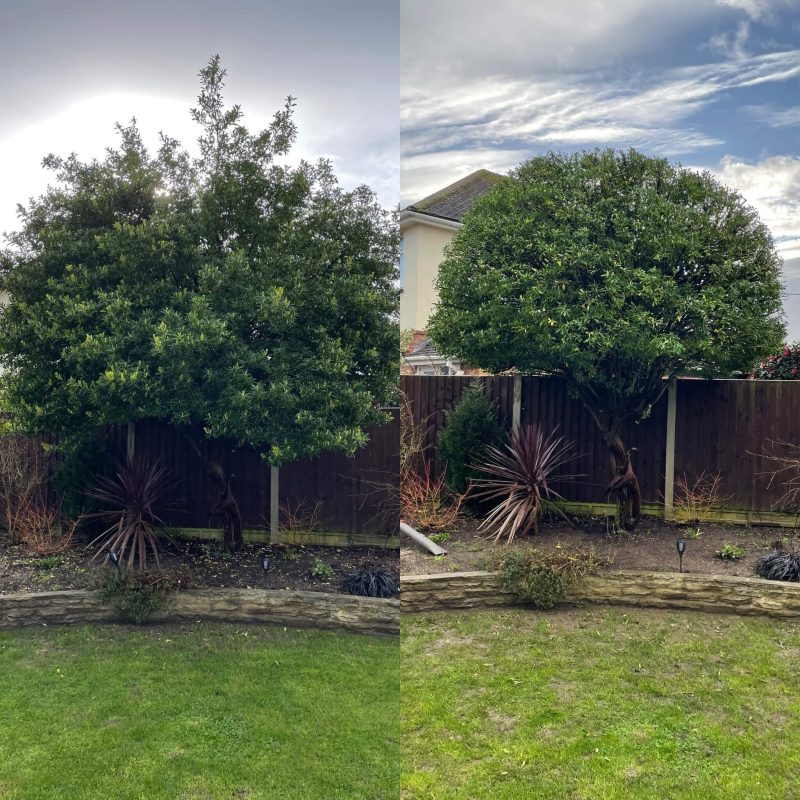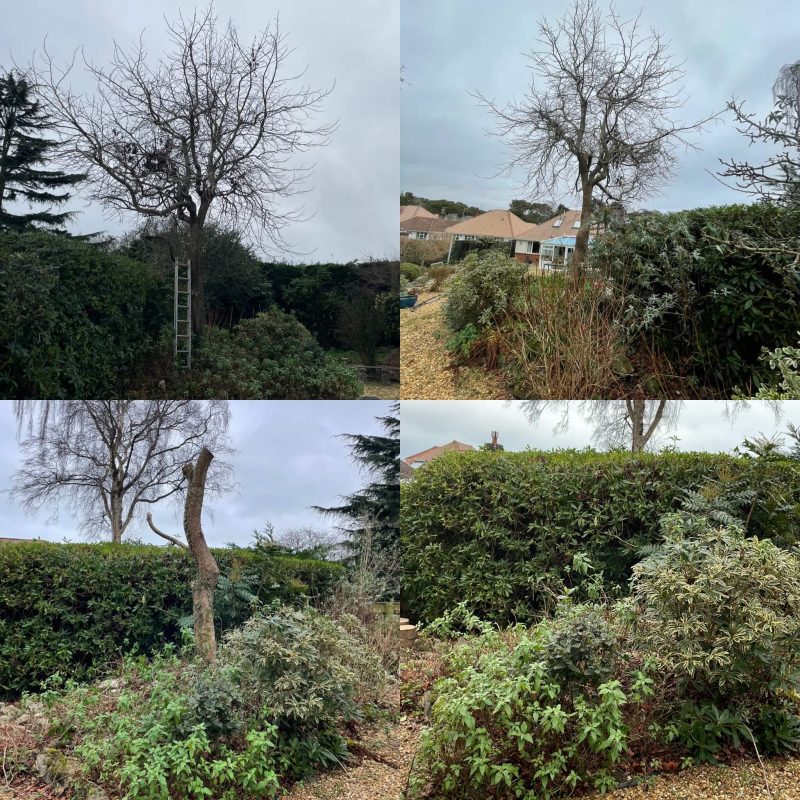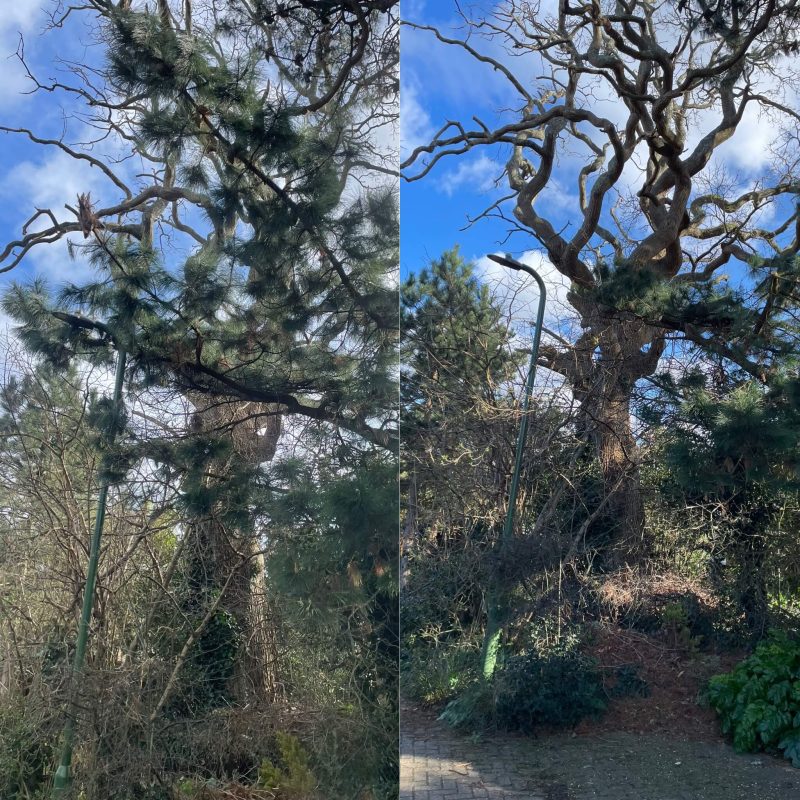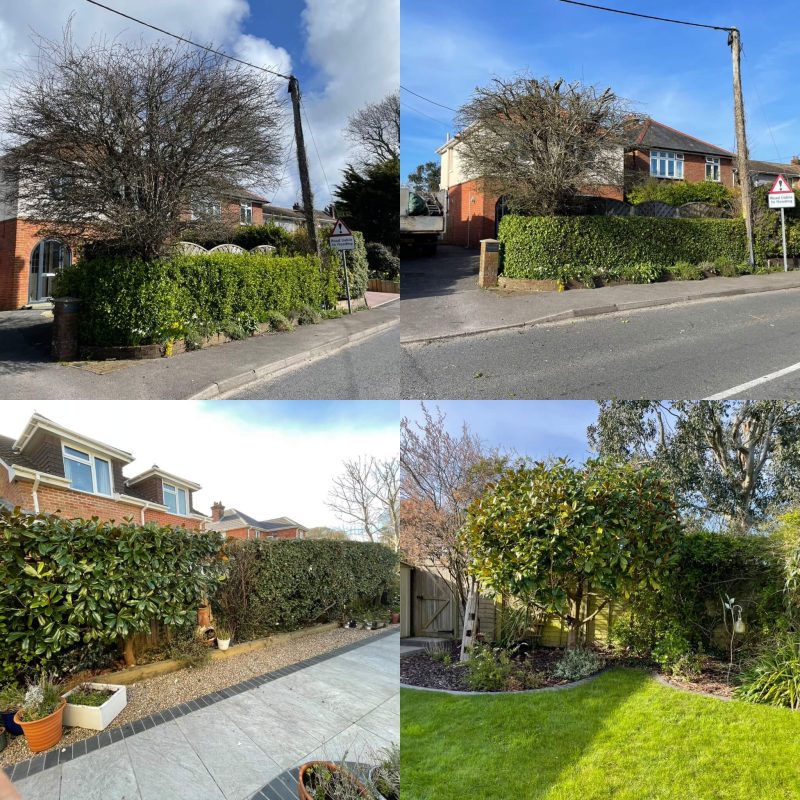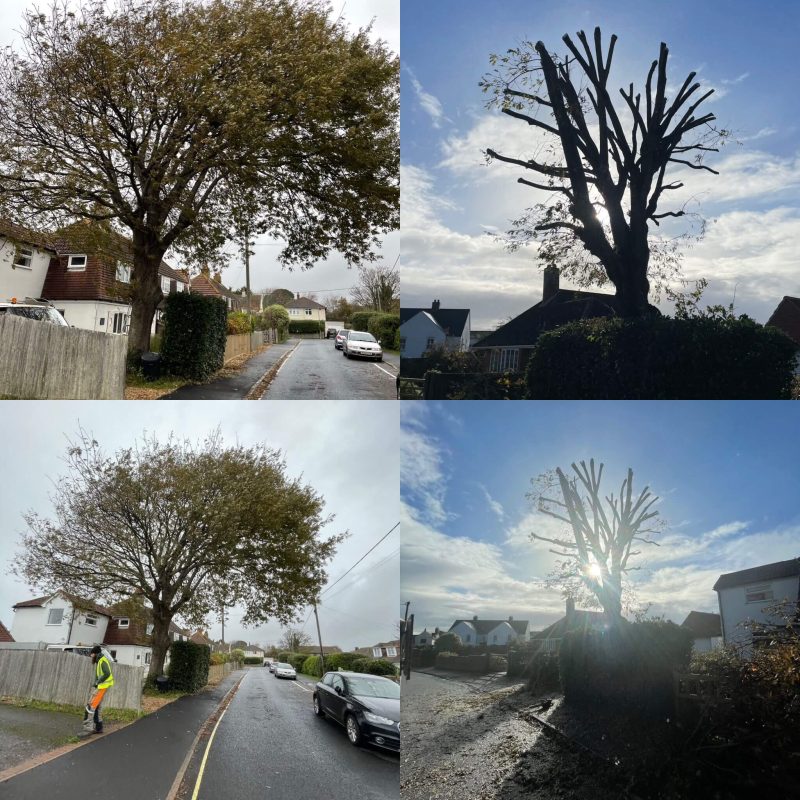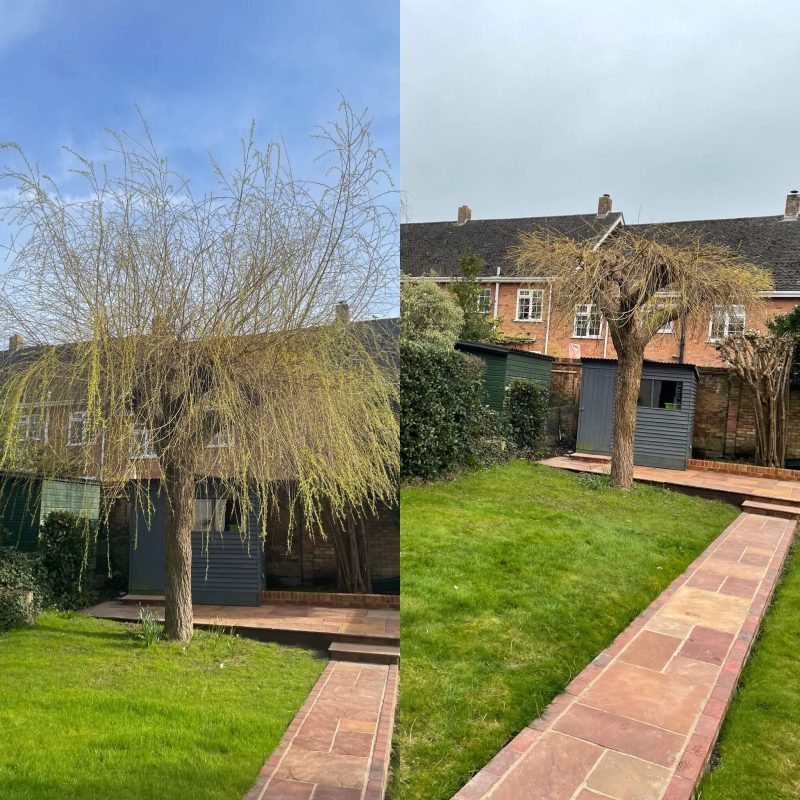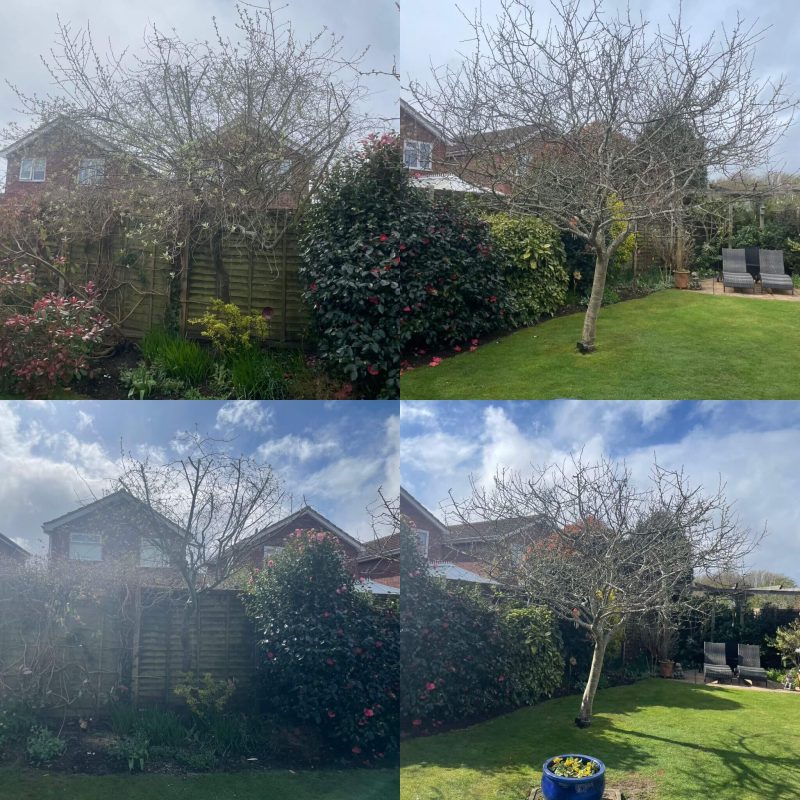Tree Surgery
We undertake all kinds of tree care from tree dismalinting, crown thinning, pruning, pollarding and felling of trees. From the largest of species to the garden beauties such as Acers and fruit trees.
With experience and the latest climbing equipment, we are sure to deliver the results you are looking for.
What is crown lifting?
Crown lifting involves removing the lower branches of the tree, increasing the clearance between the crown and the ground. As well as allowing better access below the tree, it also clears sightlines, improves views, and allows light to penetrate the ground. At Essex Tree Brothers, we have expert knowledge of the most effective crown lifting techniques, allowing us to achieve the best results for your tree.
Why is crown lifting carried out?
There are many reasons you might opt for crown lifting in Essex. Removing the lower branches of a tree can create a higher tree canopy, giving better access underneath the branches. It also keeps drooping and sagging branches away from traffic, pedestrians and buildings, preventing obstruction, injury and damage. Crown lifting can also let in more light and open up a more desirable view that would otherwise be blocked.
Crown lifting can be highly beneficial for many trees, especially when carried out gradually over a period of years. If you’re not sure if crown lifting is right for your trees, talk to our team. We can advise you on your options when it comes to caring for the trees on your land
How is pollarding performed?
Pollarding involves the upper branches of a tree being removed in order to promote a dense head of branches and foliage. The crown of a tree is removed, leaving just the main trunk system. Although pollarding can be carried out on trees in both domestic and commercial settings, it tends to be more common on trees along roadsides where they are overhanging a main road and putting safety at risk. If you’re not sure if you require tree pollarding or another tree care service, get in touch. We can offer you expert advice on which technique is right for your trees.
What are the benefits of pollarding?
Pollarding can benefit trees in a number of ways. The biggest benefit is that it stops trees from growing too high for their local environment and causing problems for trees planted in the same area. If trees grow too large, this can affect smaller trees nearby. Pollarding may also be beneficial for trees in urban settings that are planted too close to power lines, signage or fencing. Another reason pollarding might be carried out is to allow more natural light into a space by reducing the shade cast by a tree.
What species of tree are suitable for pollarding?
Not all trees are suitable for pollarding. A few of the species this technique can be used on include:
• Oak
• Ash
• Willow
• Pine
• Elm
• Plum
• Cedar
• Cherry
• Eucalyptus
• Common lime
• London plane
Crown thinning involves removing carefully selected secondary branches from throughout the crown whilst making sure the shape and size of the tree remains the same. This method of pruning is usually carried out to increase light penetration and improve air movement through the canopy, helping the plants that are growing in the tree’s shadow to receive more natural light and thrive better. Crown thinning reduces the sail effect of the crown whilst reducing the wind loading on the limbs of the tree. This technique may also be necessary for the removal of dead, damaged, weak, or crossing branches.
Tree crown reduction is a method of trimming back a tree by removing branch tips and pruning back to a growth point further down the branch. It can be used to reduce the overall size of a tree while keeping its natural form. It is also used to remove dead, diseased or damaged branches.
Crown reductions help to modify the general shape of the crown of the tree and reduce stress on individual branches and is one of the most commonly performed tree surgery techniques.
You may consider crown reduction to reduce the height and width of the tree to allow more light to enter your garden, to help maintain a large overbearing tree, prevent obstruction or to ensure broken or weak branches are removed so they do not cause injury or damage during severe weather.
Tree felling is the process of cutting down a tree or trees, this can be for a number of reasons such as disease, danger to safety or landscaping. It involves cutting down the tree and, in some cases, removing the roots.
If you are looking to remove trees from your land, there are multiple things that need to be considered, such as if the tree has a TPO (Tree Protection Order) – you can check this with your local council – as well as if the tree is on your land and if cutting down the tree will impact the surrounding wildlife.

